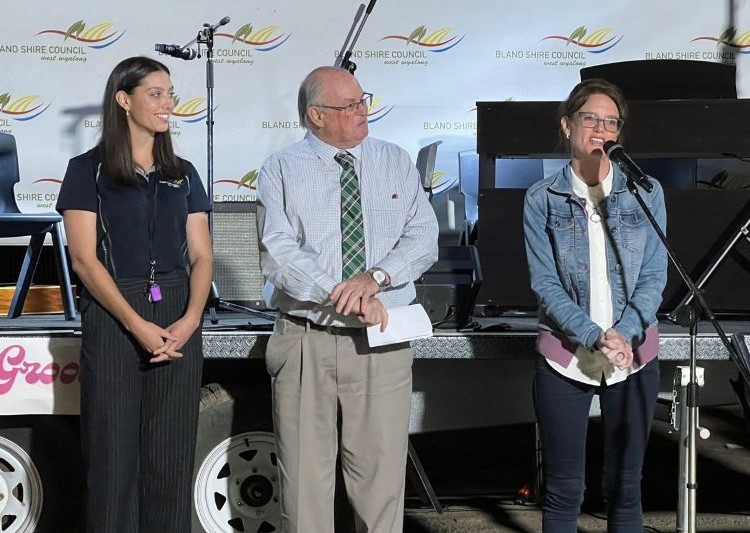People who used a mobile app or fitness tracker during the pandemic were almost two times more likely to meet physical activity guidelines, according to an international survey. However, the same technology added to stress and information overload from COVID-19 related news.
Led by the University of Sydney in collaboration with Imperial College London and eight other Australian research institutions, this is one of the first global cross-sectional surveys to examine technology use for health purposes during the pandemic.
The self-reported survey of over 500 people from 32 countries (predominately Australians) found sixty percent of adults used a mobile app for health purposes during the pandemic, while thirty-eight percent used a fitness tracker.
The most popular apps used were general and social media apps like Zoom, Facebook and YouTube, which are not purpose-built to promote healthy behaviours.
The study, based on data collected from June to September 2020, is published in PLOS Digital Health today.
Lead author and University of Sydney PhD candidate Huong Ly Tong said the study shows the important role technology played when the health system was under immense pressure.
“The study found people who used mobile apps were more likely to be more active.”
“This demonstrates that technology can play an important role in helping to promote healthy behaviours, even during the unique circumstances of the pandemic. We should learn from this as we seek to improve health care and accessibility in the future because keeping people on track with healthy habits is key to chronic disease prevention.”
The authors acknowledge that the findings may not be transferrable to all population groups, noting that most of the survey participants were women with high levels of education.
Why did people use apps during the COVID-19 pandemic?
- To stay active: 83%
- To connect with other people: 37%
- To manage mental health: 33%
- To eat healthily: 26%
- To sleep better: 26%
- To reduce/quit smoking: 1%
- To reduce/quit alcohol: 1%
How did people use apps for physical activity during COVID-19?
- To track activity levels: 80%
- To join a live class: 30%
- To follow an exercise video: 60%
- For social aspects (to compete or share progress): 34%
The downside
The study also found a negative side to technology use during the pandemic.
“We found that people viewed technology, particularly social media, as a ‘double-edged sword’ during the pandemic,” said Dr Liliana Laranjo, Senior Research Fellow in Digital Health at Westmead Applied Research Centre in the Faculty of Medicine and Health, University of Sydney.
“On one hand, these apps helped people maintain a sense of normalcy, to stay active and connected. But at times, they also had a negative emotional impact when people felt exposed to too much information about COVID-19 online or when they felt they weren’t meeting their fitness goals on trackers.”
The authors suggest that apps could be improved by focusing on personalisation and adaptability, such as allowing for content customisation by opting out of news alerts.
Another study published by the authors in the British Journal of Sports Medicine in 2020 found that personalisation in mobile apps and activity trackers seems to be a particularly effective strategy in improving physical activity.
Huong Ly Tong said ongoing research, including robust clinical trials, is needed to see if higher personalisation and adaptability can enhance the impact of health apps and fitness devices in a post-COVID world.
The research team included investigators from the University of Sydney, UNSW Sydney, the University of South Australia, Deakin University, the University of Melbourne, La Trobe University, Western Sydney Primary Health Network, Westmead Hospital and Macquarie University in Australia, Imperial College London and the University of Porto, Portugal.
Declaration: Huong Ly Tong was supported by the Australian Government Research Training Program scholarship at the University of Sydney and the Macquarie University Research Excellence scholarship while conducting the work. Co-author Prof Carol Maher was supported by the Medical Research Future Fund. The authors declare no competing interests.








